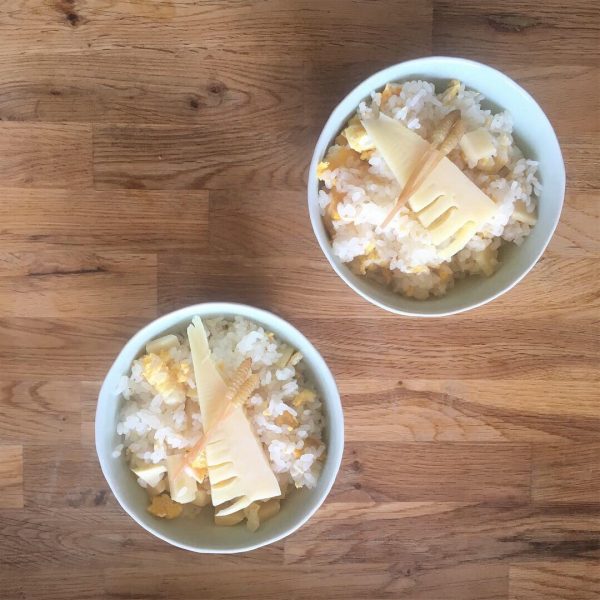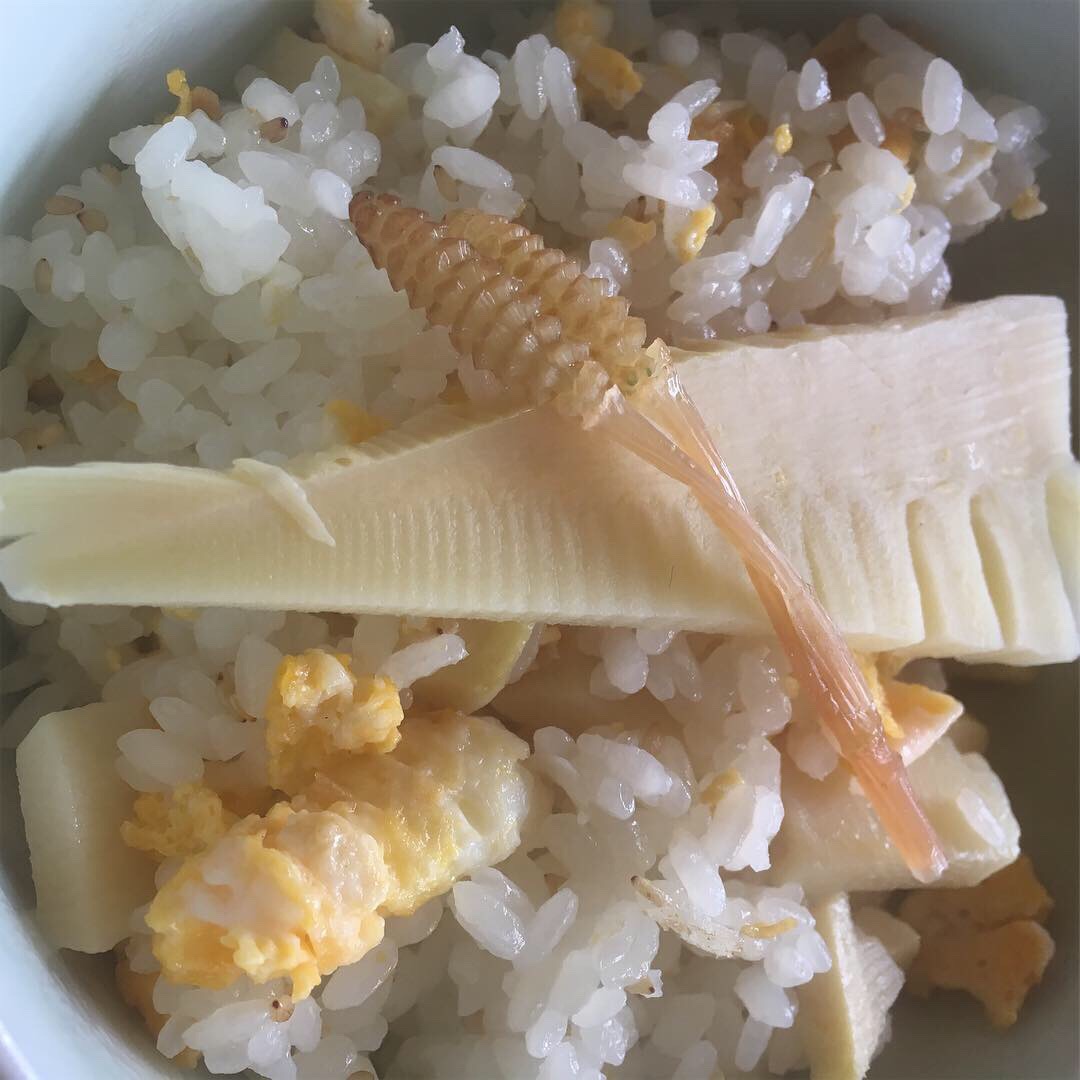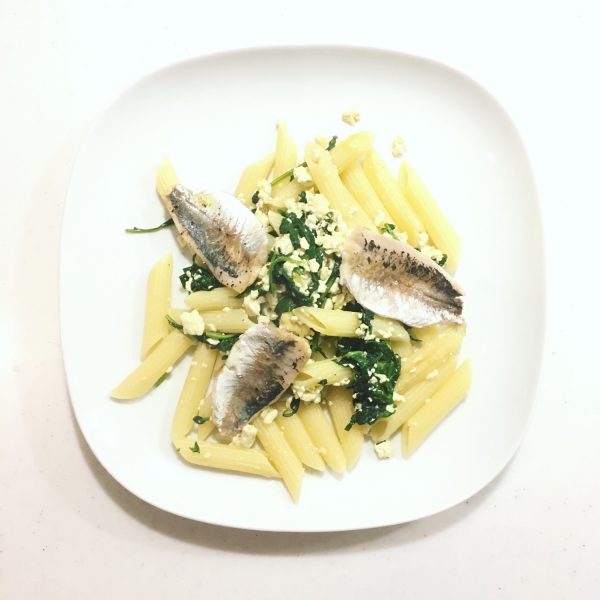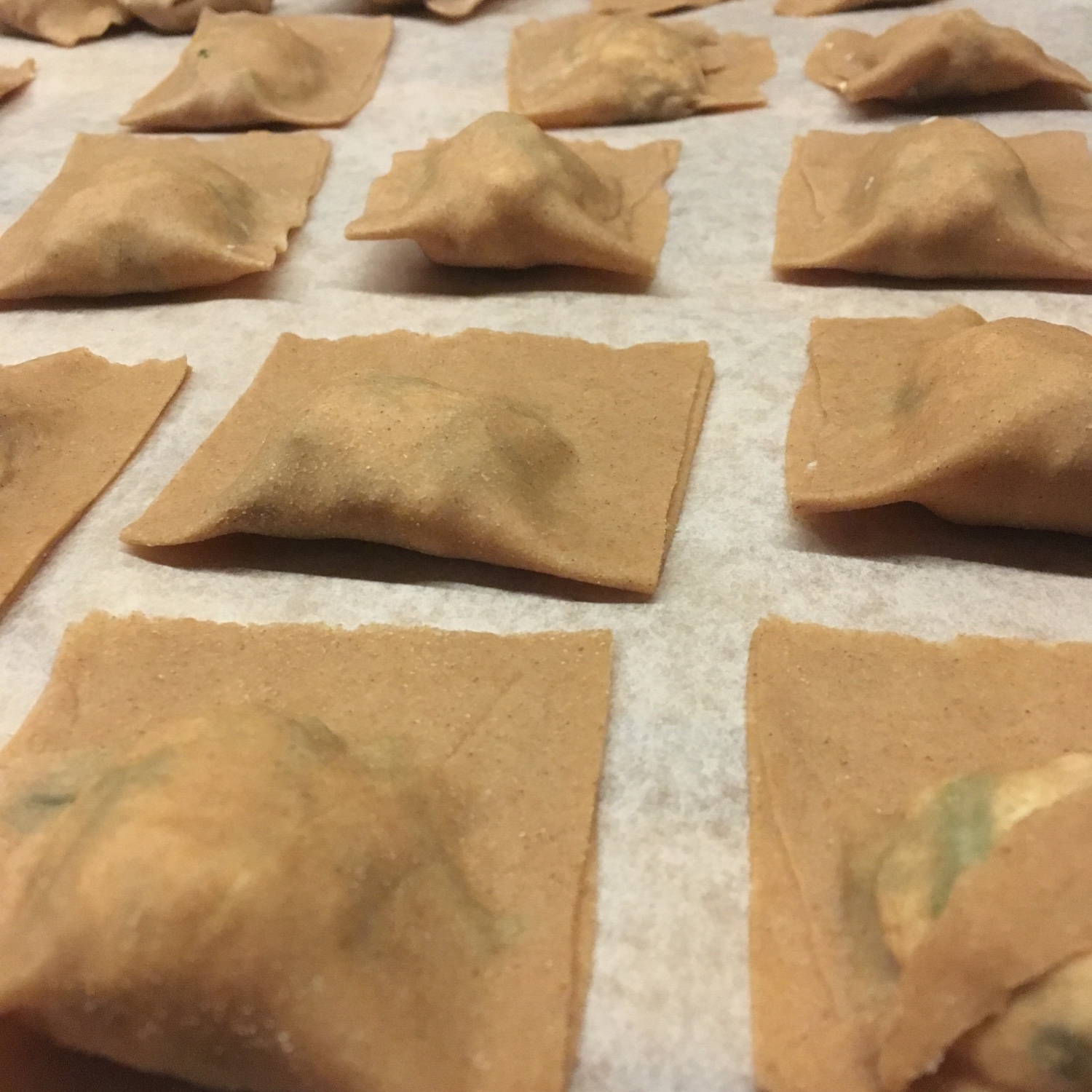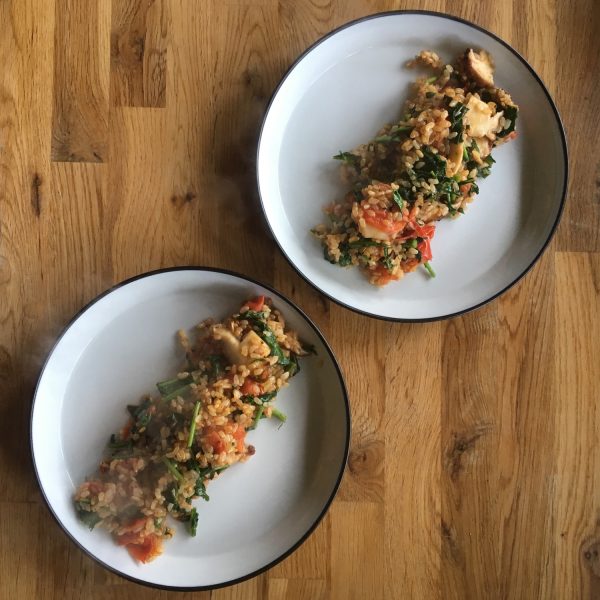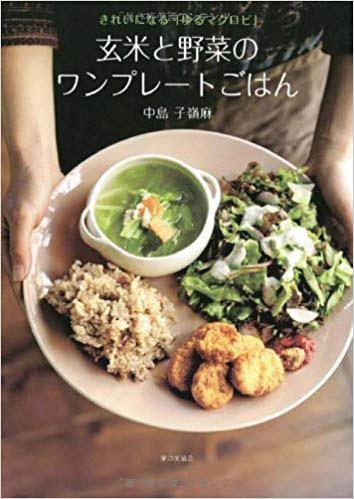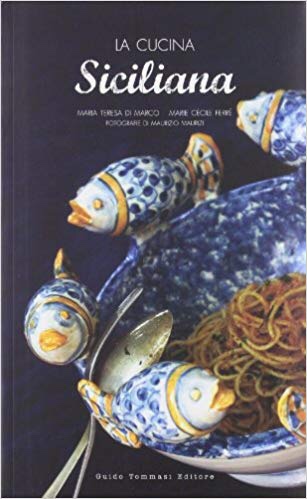A story of great success and massive failures…
Like every year in June I did my share of plum works. With a garden that produces a lot more fruits that I can handle, I actually spend more time picking fruits to give away rather then cooking them. This year I prepared umeboshi like every year, one for Tokyo and one for Isumi, one plain, one with red shiso. Things were looking really good with both until 3 days ago when I discovered that my preparation in Tokyo was covered with mold. And way too much of it to attempt any rescue operation. Everything went down the thrash… Hopefully the one in Isumi seems to have been doing well and with the beautiful hot weather this weekend it was the perfect day to take them out to dry.
One other thing I made this year was plum and red shiso syrup. Usually I prepare plain syrup, but this year I had some extra shiso so I decided to use it in the syrup. Plum syrup is delicious with cold or hot water and with sparkling water too. With the shiso I find it is much better cold. I gives a beautiful color to the drink too. A nice pink.
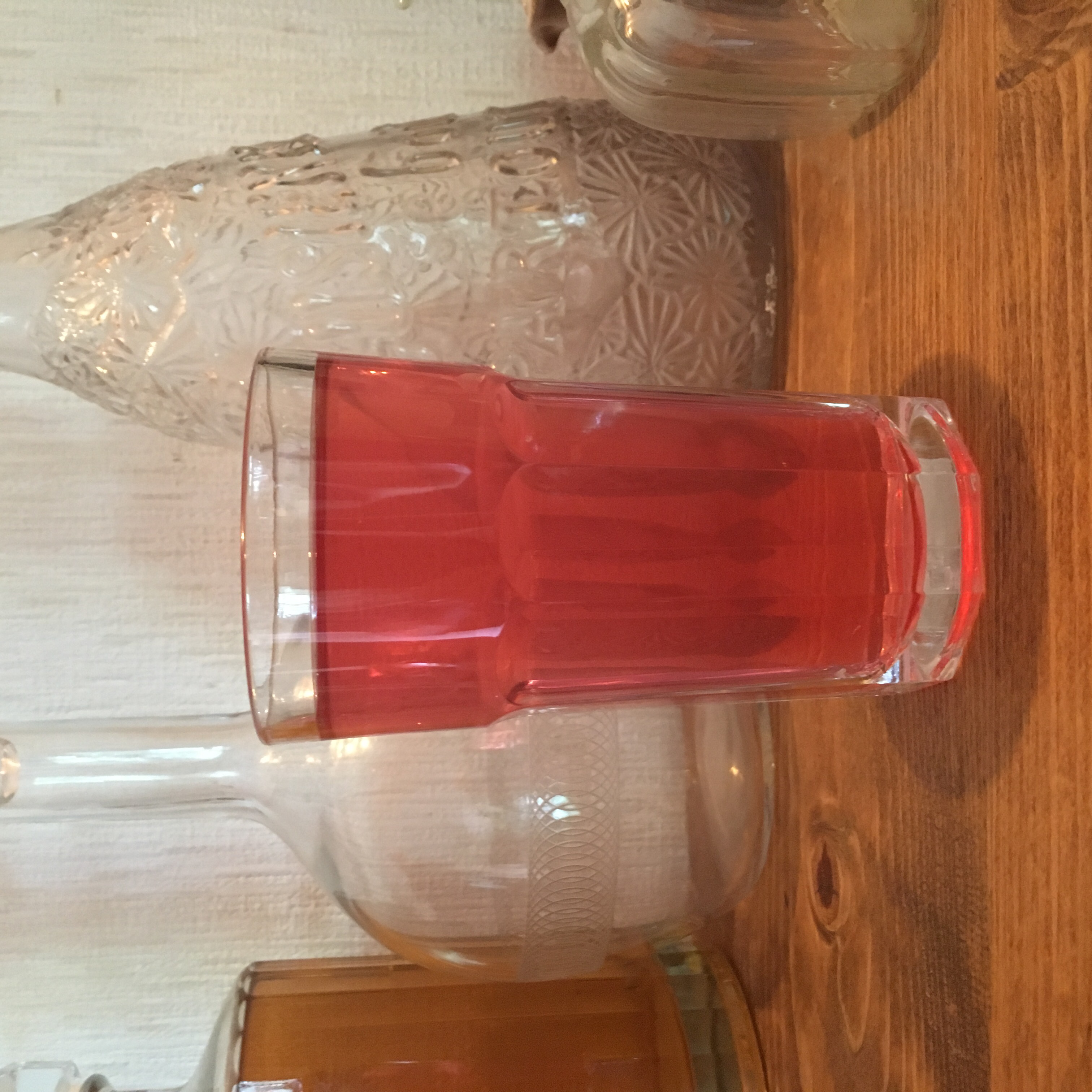
Finally, there was one thing I didn’t tested before but I have heard so much about is ume-su 梅酢, not to mistake with ume-shu 梅酒. Ume-su is the liquid you obtain when pressing the plums with salt and in which umeboshi bath until drying. It is basically a mix of fermented plum juice and salt. Ume-su is well known to combat summer heat and because of the salt and mineral it makes the perfect recovery drink. It is used like syrup diluted in water. The salty and plum flavors are super delicious, the one with shiso also. Now that I have tested it I love it and often use it together with syrup to have a good balance of sweet and salty flavor, a perfect drink to use after long time gardening in the heat or playing tennis!
The ume-su can be used to pickle vegetables: cucumber in plain ume-su, daikon, turnips, myoga… in the the shiso one. It will color the vegetables in pink so it’s better to use white vegetables. The ume-su can be kept indefinitely in the fridge for further use, so don’t trash it! If you didn’t have a chance to pickle plums this year, you buy ume-su only at JA shops and local coop shops.
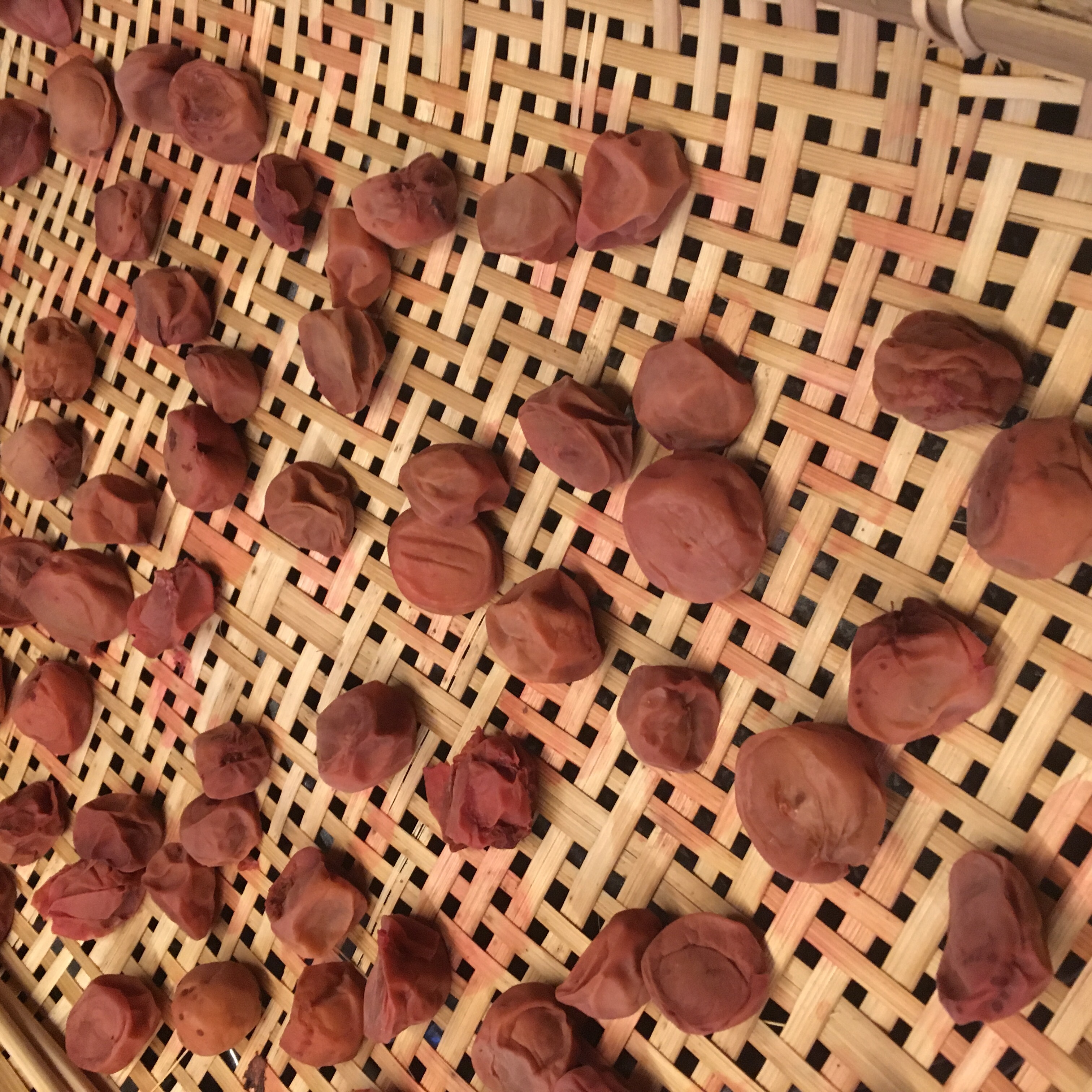
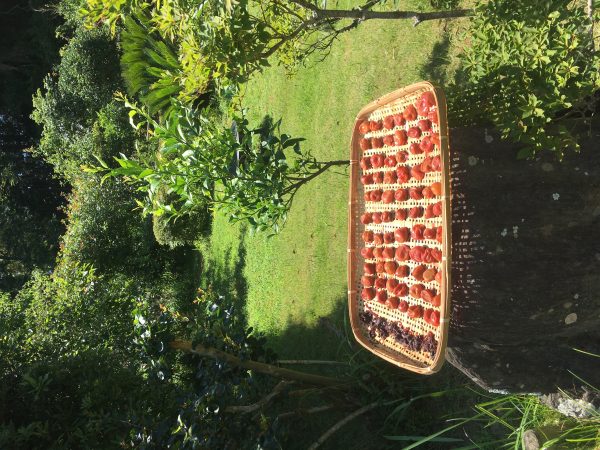
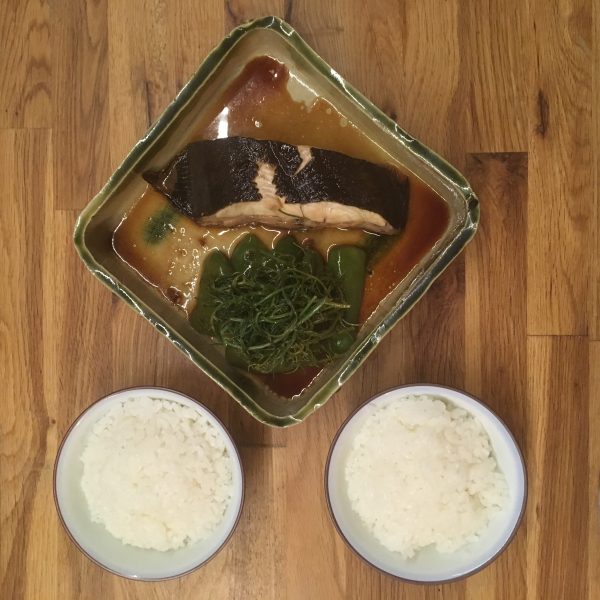
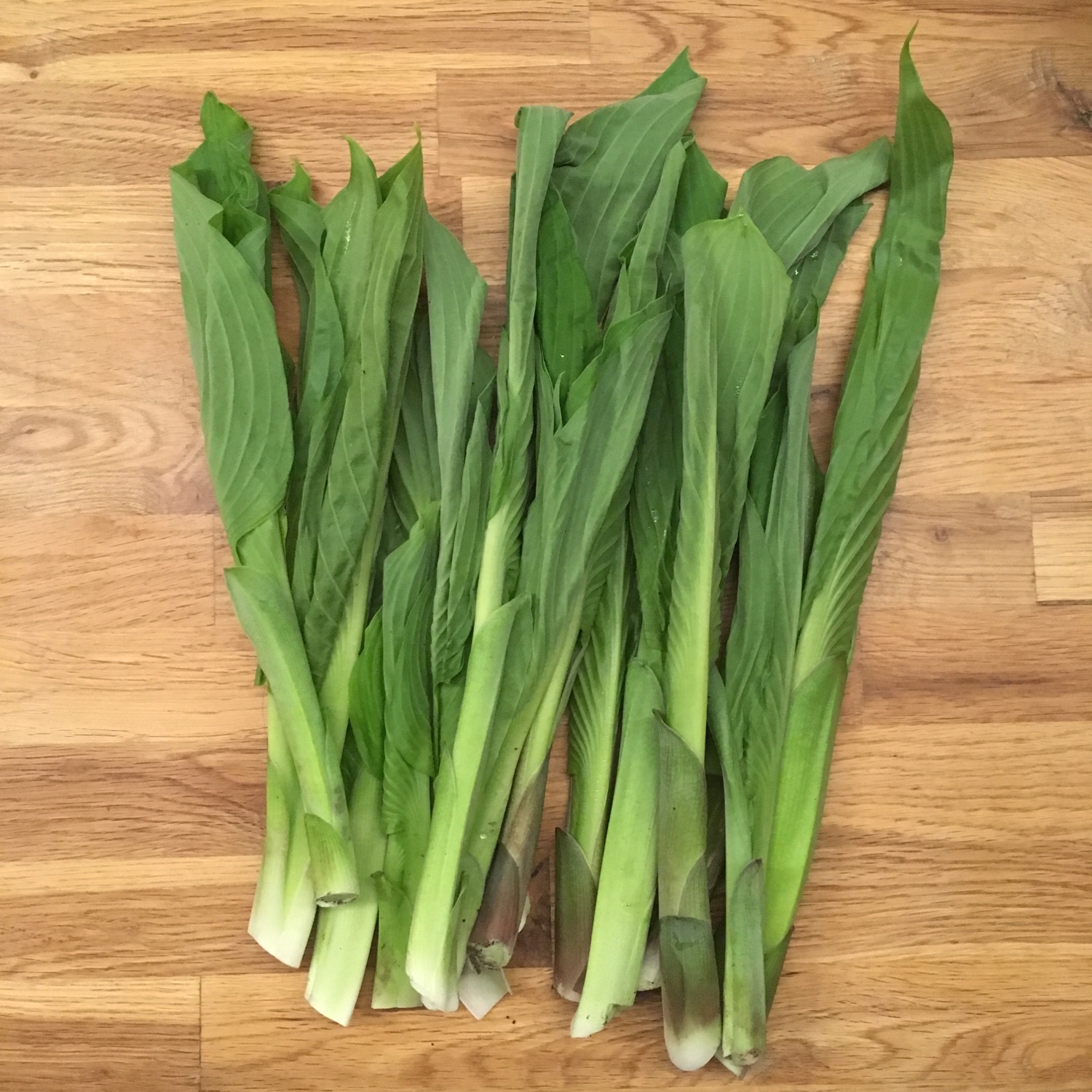
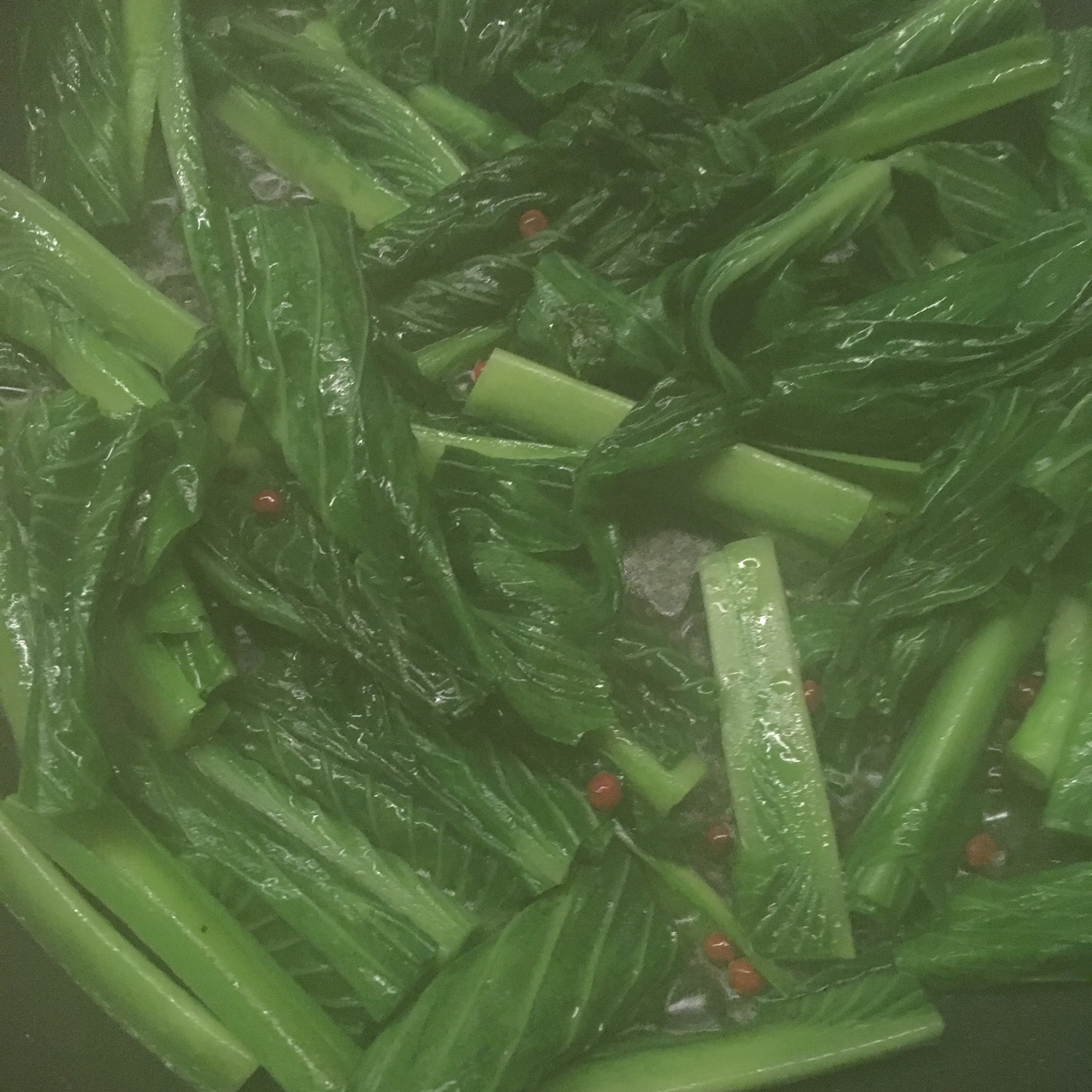
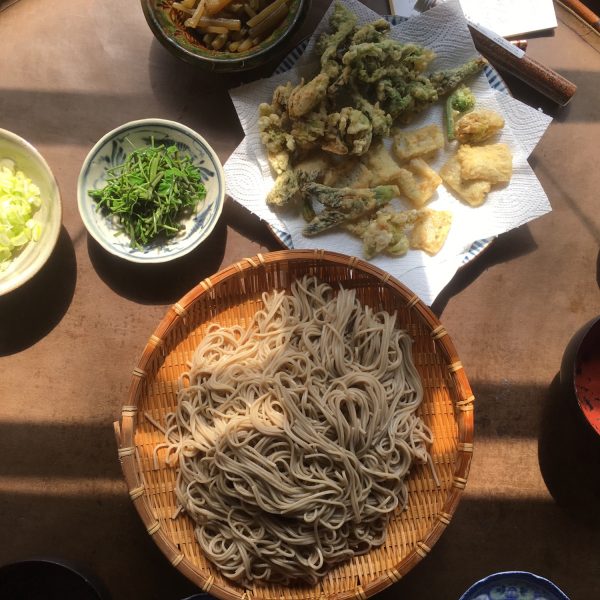
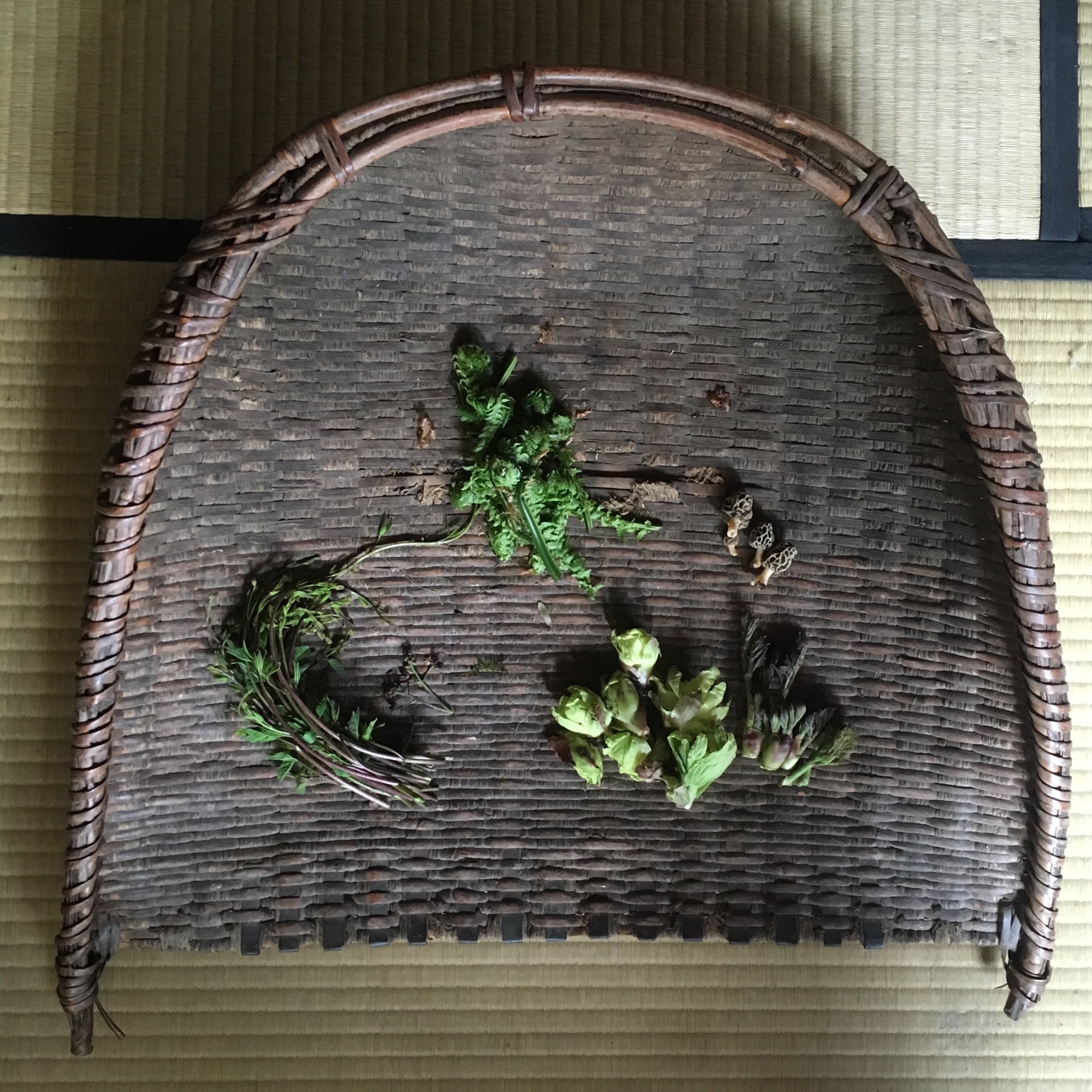
 This little white flower can be easily found everywhere. Always take those that have no pollen. For preparation see
This little white flower can be easily found everywhere. Always take those that have no pollen. For preparation see  They are easy to spot, easy to pick and super easy to cook. I find them as easy to prepare than wild asparagus: in omelets, with pasta… they are really the simplest of the sansai and the more accessible in terms of flavor and texture.
They are easy to spot, easy to pick and super easy to cook. I find them as easy to prepare than wild asparagus: in omelets, with pasta… they are really the simplest of the sansai and the more accessible in terms of flavor and texture. They grow at the head of wood sticks. The one in the picture is a little young and they need to have a few leaves out. These ones are really delicious in tempura and require little handling.
They grow at the head of wood sticks. The one in the picture is a little young and they need to have a few leaves out. These ones are really delicious in tempura and require little handling.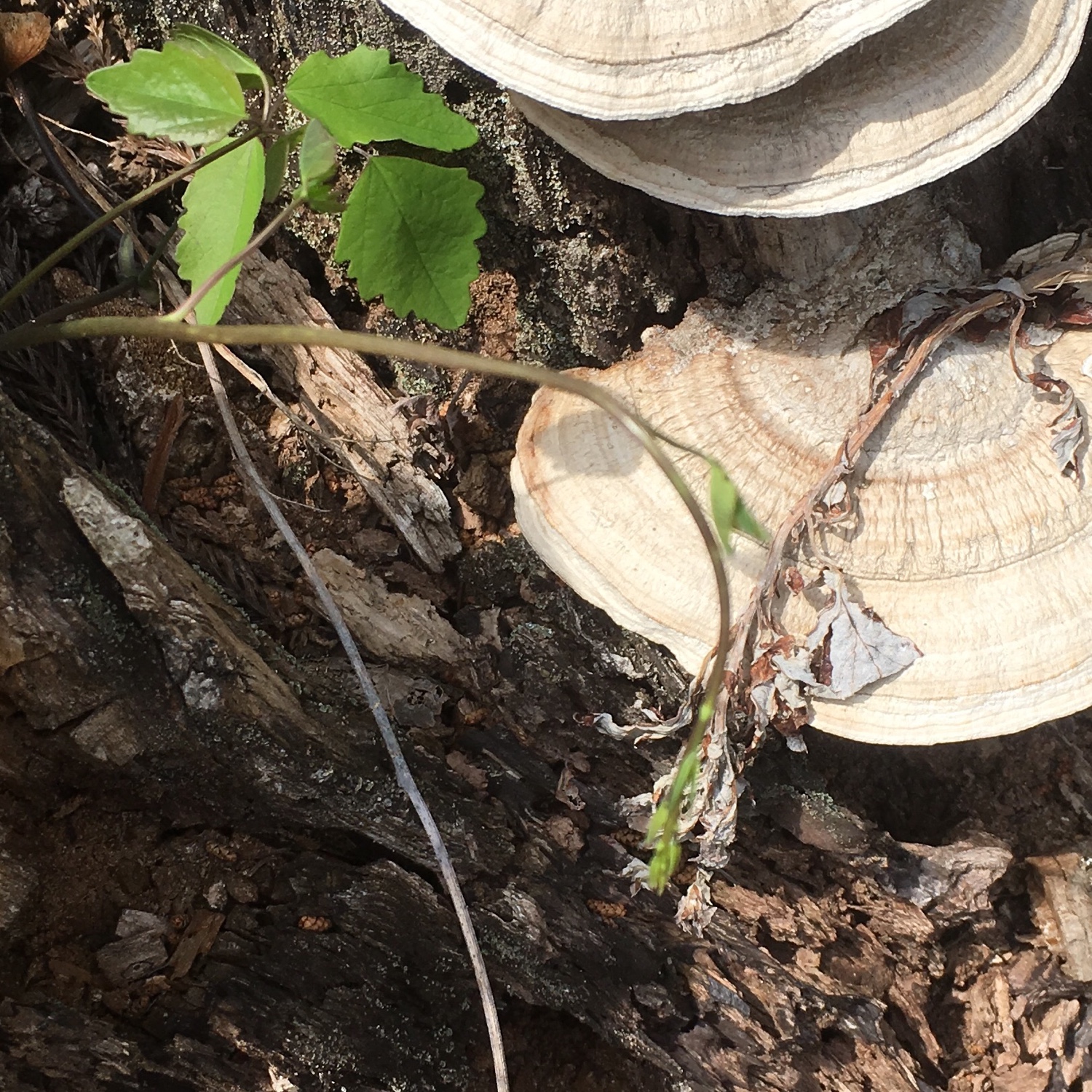 This little green sprout that grows in the midst of other trees sprouting is the hardest to find, but once you’ve spotted a tree, easily recognized by its leaves, it is easy to find the sprouts. Washed and eaten raw, or cook, it is fresh and crunchy.
This little green sprout that grows in the midst of other trees sprouting is the hardest to find, but once you’ve spotted a tree, easily recognized by its leaves, it is easy to find the sprouts. Washed and eaten raw, or cook, it is fresh and crunchy. In the mountain fukinoto grow right after a patch of snow has melted. So spot a patch of snow, and look at the edges. They are best when just sprouting. They can be as big as a ping pong ball. There taste is very strong and specific. Probably the most difficult to accommodate and cook of all. See
In the mountain fukinoto grow right after a patch of snow has melted. So spot a patch of snow, and look at the edges. They are best when just sprouting. They can be as big as a ping pong ball. There taste is very strong and specific. Probably the most difficult to accommodate and cook of all. See 
